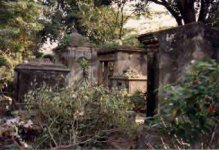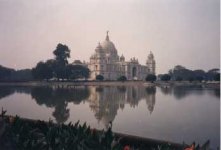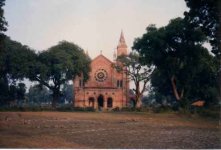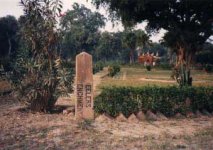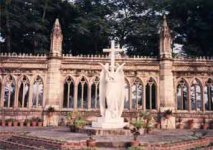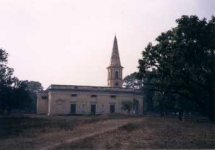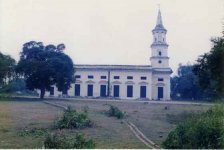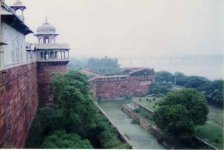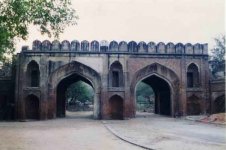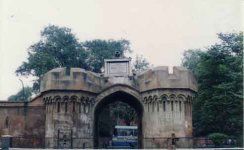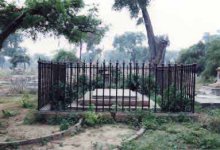ROAN
Specialist
- Joined
- Mar 30, 2007
- Messages
- 304
“I craved for the past, resented the present, and dreaded the future”
-Wilfred Thesiger, KBE, DSO
from Arabian Sands
The photos below are of the Park Street Cemetery and the Victoria Memorial, Calcutta.
The Park Street Cemetery is the most famous of the old European cemeteries in India. It’s filled with graves of the nabobs, soldiers, wives, children of early Calcutta-
many of whom died within “two monsoons” of arriving or being born in India.
The Victoria Memorial, to the great queen, was built on the site of the old race course on the huge maidan that faces Chowringee Rd., the main shopping avenue of British Calcutta. The memorial is made almost entirely of white marble. To the northwest of the memorial is the site of the second Fort William; the first Fort William(of “Black Hole” fame) was situated further north where Calcutta’s main Post Office now stands.
See a 1893 Murray map of Calcutta here
For some great photos of Calcutta taken by the U.S. military, circa 1947, go here
-Wilfred Thesiger, KBE, DSO
from Arabian Sands
The photos below are of the Park Street Cemetery and the Victoria Memorial, Calcutta.
The Park Street Cemetery is the most famous of the old European cemeteries in India. It’s filled with graves of the nabobs, soldiers, wives, children of early Calcutta-
many of whom died within “two monsoons” of arriving or being born in India.
The Victoria Memorial, to the great queen, was built on the site of the old race course on the huge maidan that faces Chowringee Rd., the main shopping avenue of British Calcutta. The memorial is made almost entirely of white marble. To the northwest of the memorial is the site of the second Fort William; the first Fort William(of “Black Hole” fame) was situated further north where Calcutta’s main Post Office now stands.
See a 1893 Murray map of Calcutta here
For some great photos of Calcutta taken by the U.S. military, circa 1947, go here


